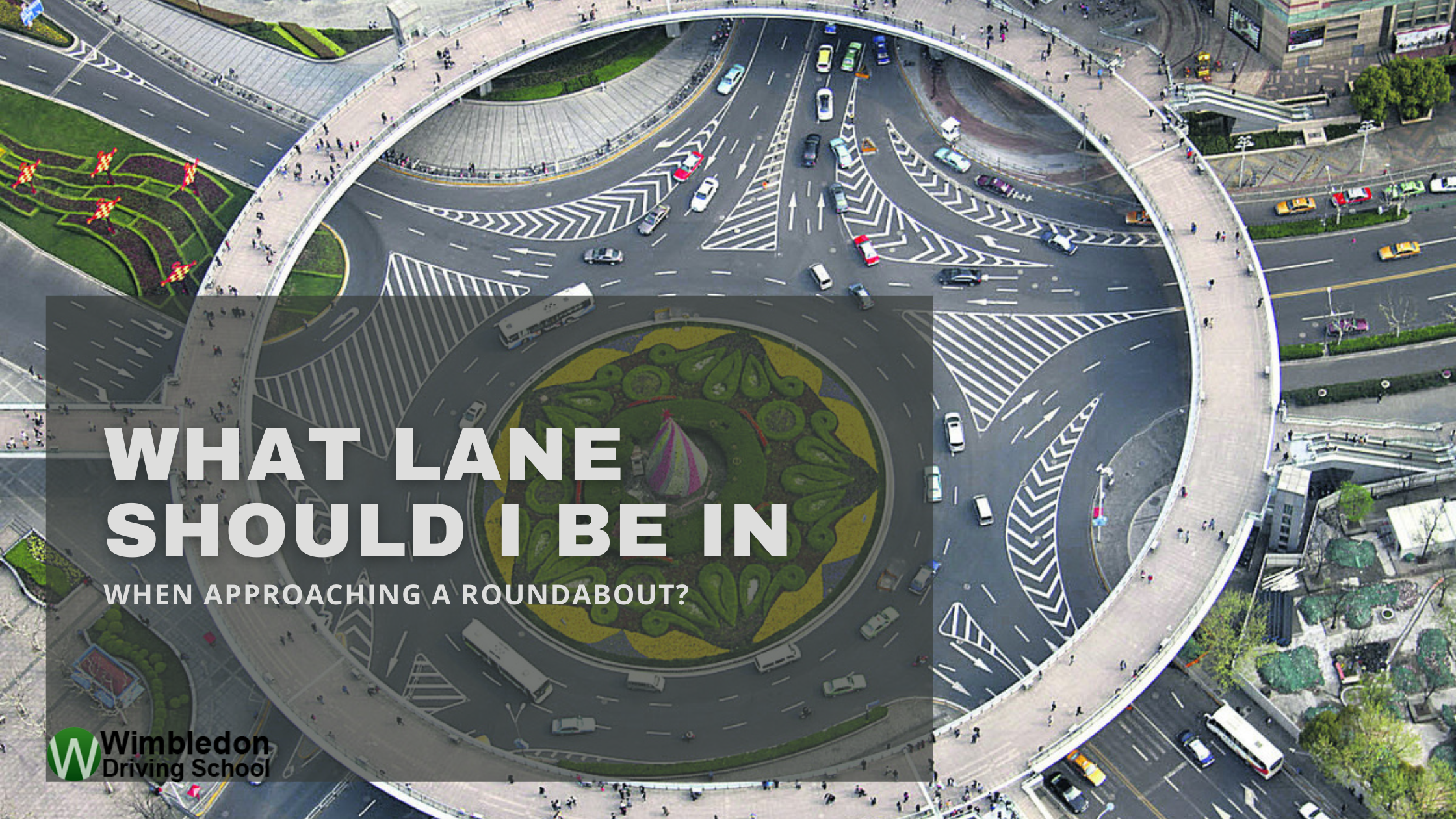If you’ve ever encountered a roundabout, you know the familiar panic of worrying which lane you need to be in as you approach your exit. While it doesn’t have to be complicated or daunting, some basic safety rules apply to keep everyone safe.
Research has shown that roundabouts improve traffic flow and that traditional intersections flow more smoothly when converted to roundabouts. Roundabouts are also a safer alternative to traffic signals and stop signs. Typical intersection crashes involving right-angle, left-turn, and head-on collisions are unlikely at roundabouts because of their tight circles.
If you think you might encounter a roundabout on your driving route, the first step is to know precisely which exit you need to take and where that exit falls in the roundabout. Knowing this ahead of time allows you to position your vehicle in the most logical manner possible. Then, use your GPS or maps to plan your route accordingly.
It’s also necessary to be aware of traffic around you at all times. Don’t assume other drivers will be in the correct lane or signal in a timely manner on a roundabout. Using your mirrors and signals, along with ample preparation, will allow you to navigate the roundabout and avoid any accidents confidently.
When you approach a roundabout, these basic driving instructions from the UK Highway Codes 184-190 can help you be a better and safer driver.
In a standard, four exit roundabout with two lanes, four exits are directly across from one another. These are the easiest to manage and navigate but still require the driver to follow some basic rules.
When taking the first exit on the left, unless signs or markings indicate otherwise:
- Signal left and approach in the left-hand lane
- Keep to the left on the roundabout and continue signalling left to leave
When taking an exit to the right or going full circle, unless signs or markings indicate otherwise:
- Signal right and approach in the right-hand lane
- Keep to the right on the roundabout until you need to change lanes to exit the roundabout
- Signal left after you have passed the exit before the one you want
When taking any intermediate exit, unless signs or markings indicate otherwise:
- Select the appropriate lane on approach to and on the roundabout
- Stay in this lane until you need to change course to exit the roundabout
- Signal left after you have passed the exit before the one you want.
When there are more than three lanes at the entrance to a roundabout, use the most appropriate lane on approach and as you continue through it.
If you get confused or forget, remembering the base rules makes it simple to operate more complicated roundabouts.
- For the first exit, take the left-hand lane and for the final exit, take the right-hand lane, indicating your intentions appropriately.
- If taking one of the intermediate exits, then signalling is not required until you have passed the exit before the one you are taking. Position yourself in the correct lane as you approach and be aware of signs or road markings and other drivers.
The key is to remain calm and not panic if you find yourself in the wrong position on the roundabout. Simply stay in one lane, follow the roundabout for one complete rotation and plan your exit again.







